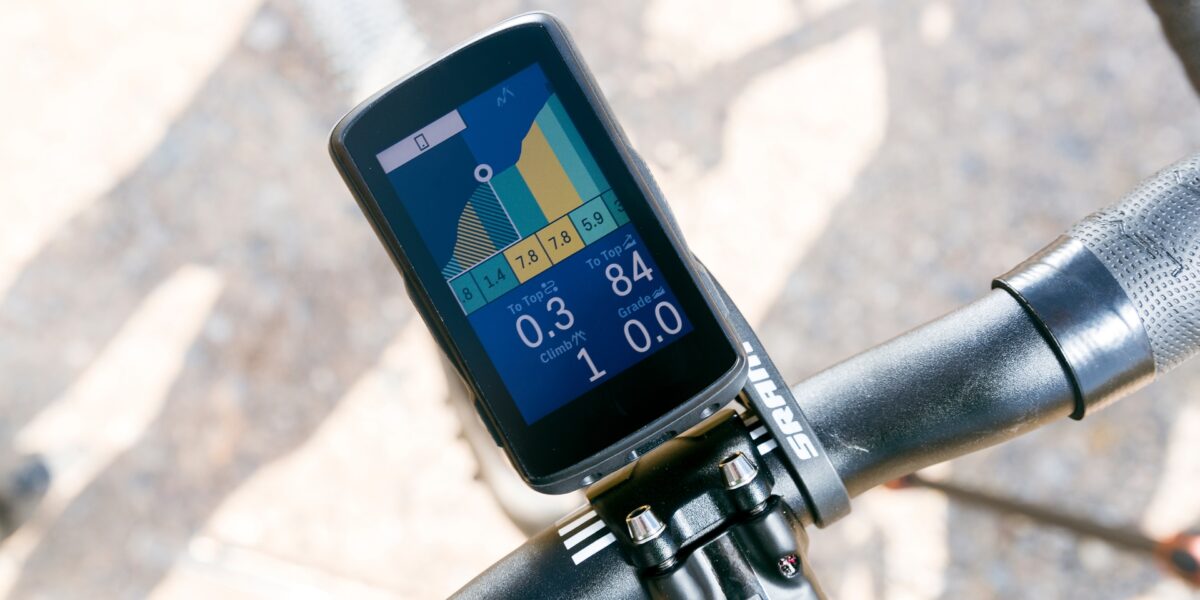Exploring the differences between adventure bikes and normal bikes offers a fascinating glimpse into how specific design elements can tailor a bicycle to distinct types of riding. The concept of a ‘normal bike’ typically refers to standard road or commuter bicycles, designed primarily for paved roads and city use. In contrast, adventure bikes, also known as gravel bikes or all-road bikes, are designed to handle a variety of terrains, from smooth pavement to rugged off-road trails.
The primary distinction lies in the versatility and robustness of adventure bikes. They are engineered to endure the challenges of extended rides over mixed terrains, which influences their design in several key areas:
**Frame Geometry:** Adventure bikes have a unique frame geometry that prioritizes stability and comfort over long distances and rough terrain. This includes a longer wheelbase and a taller head tube which provides a more upright riding position, reducing strain on the rider’s back and shoulders. In contrast, normal bikes, particularly road bikes, feature a more aggressive geometry that prioritizes speed and aerodynamics.
**Tire Clearance:** One of the most noticeable features of adventure bikes is their substantial tire clearance. Adventure bikes can accommodate wider tires, often up to 40mm or more, which provides increased traction and comfort on unpaved surfaces. Normal bikes, especially road bikes, typically have much narrower tires, optimized for speed and lower rolling resistance on smooth surfaces.
**Durability and Build:** The construction of adventure bikes also emphasizes durability. They often feature reinforced frames and components that can withstand the rigors of off-road cycling. Additionally, many adventure bikes come equipped with disc brakes, which offer superior stopping power in varied weather conditions, unlike the caliper brakes commonly found on standard road bikes.
**Gearing:** Adventure bikes are equipped with gearing that is suited to a wide range of riding conditions. They often include a larger cassette with a greater spread of gears, which enables riders to tackle steep and challenging terrains more effectively. In comparison, normal bikes may have a narrower range of gears since they are intended for less demanding surface conditions.
**Versatility:** Perhaps the defining characteristic of adventure bikes is their versatility. They are often designed with features that allow for the attachment of racks and panniers, making them ideal for bikepacking and multi-day tours. Normal bikes might not have these capabilities, as they are primarily designed for shorter, often urban rides.
In conclusion, while both adventure bikes and normal bikes provide valuable cycling experiences, their designs reflect their intended uses. Adventure bikes are about endurance, adaptability, and off-road capability, making them suitable for riders who crave versatility and the ability to explore a variety of terrains. Normal bikes, while perfect for day-to-day commuting on paved roads, lack the features that make adventure bikes robust and adaptable companions in more rugged environments.


Leave a Reply